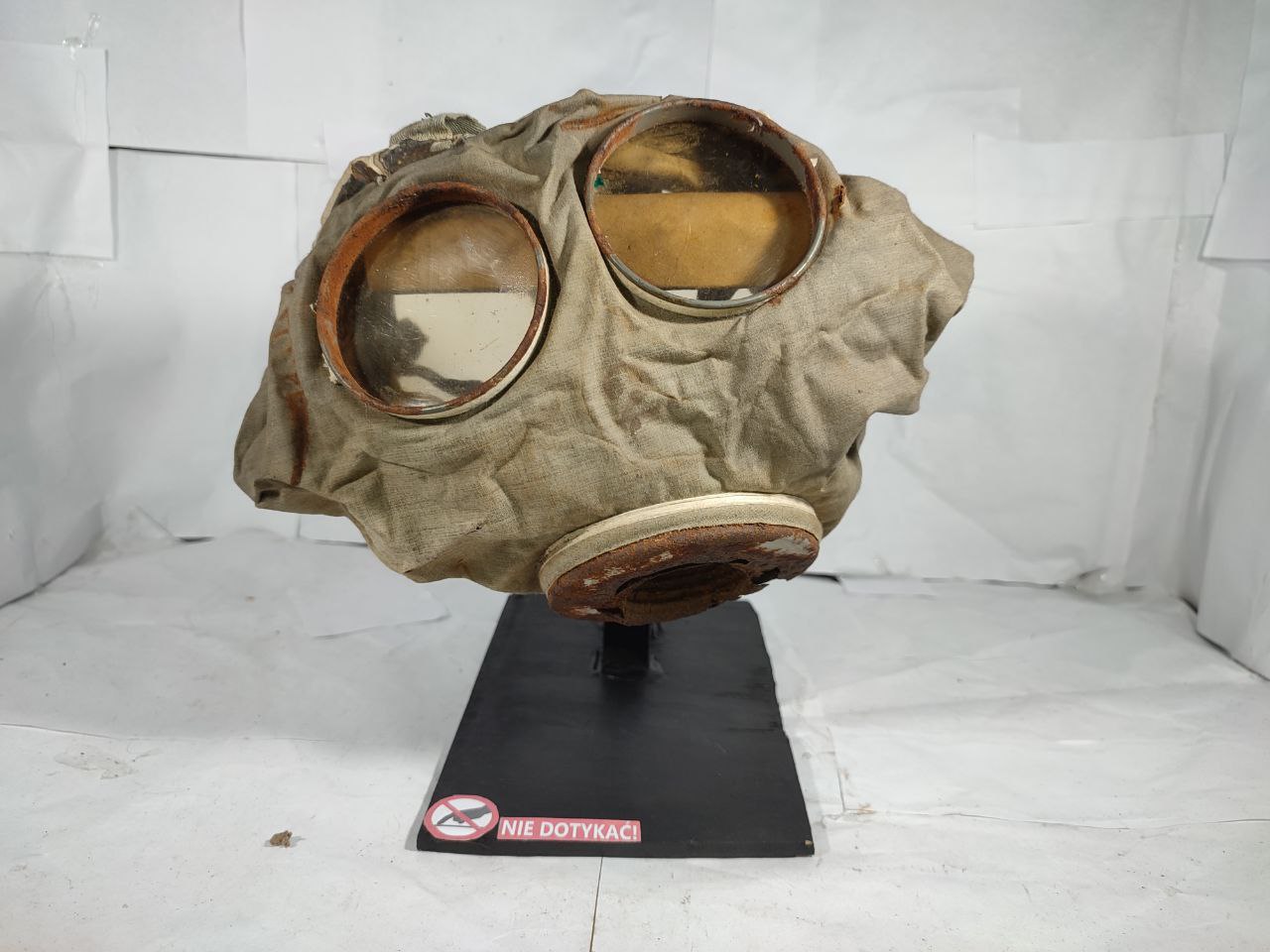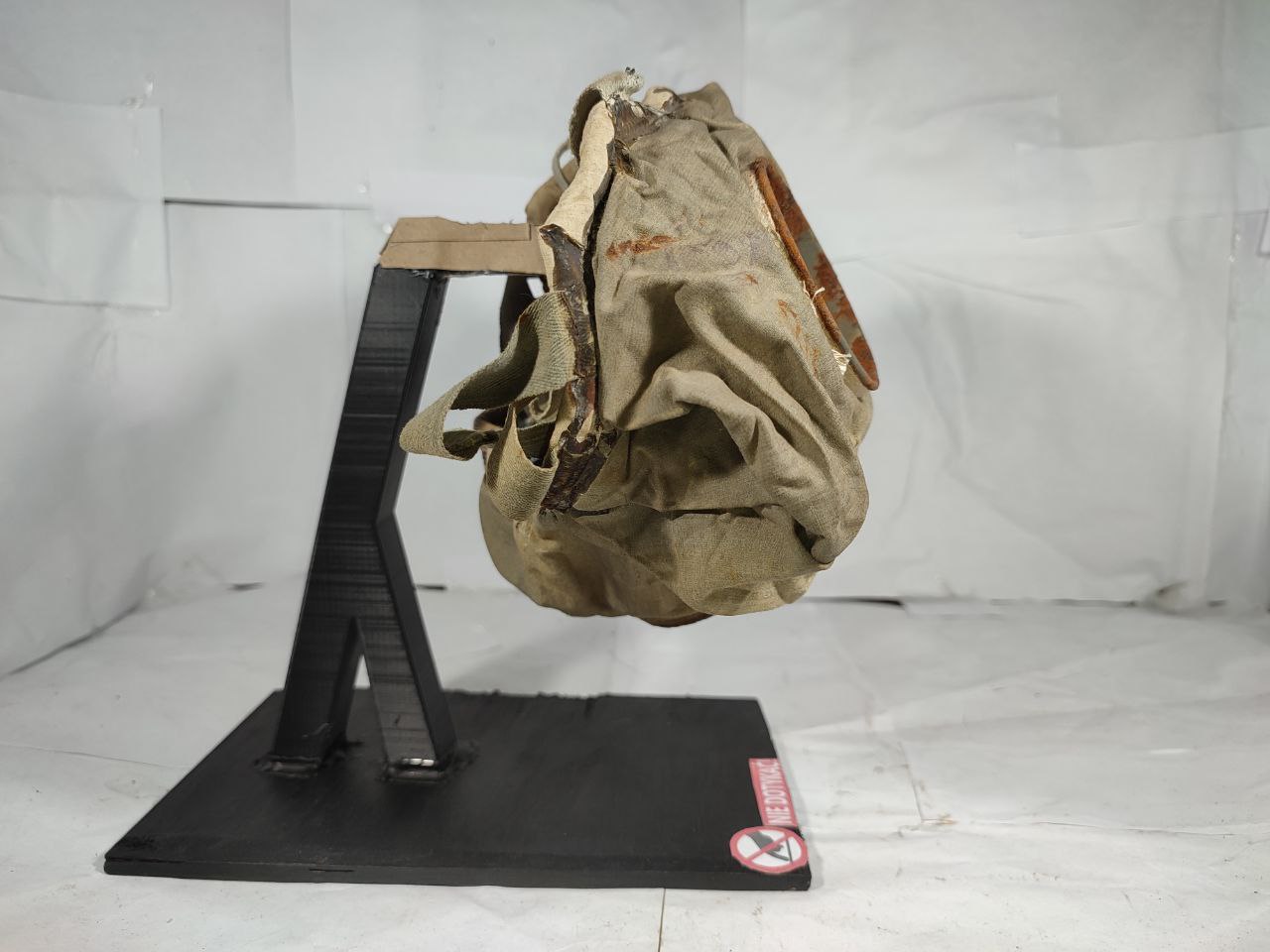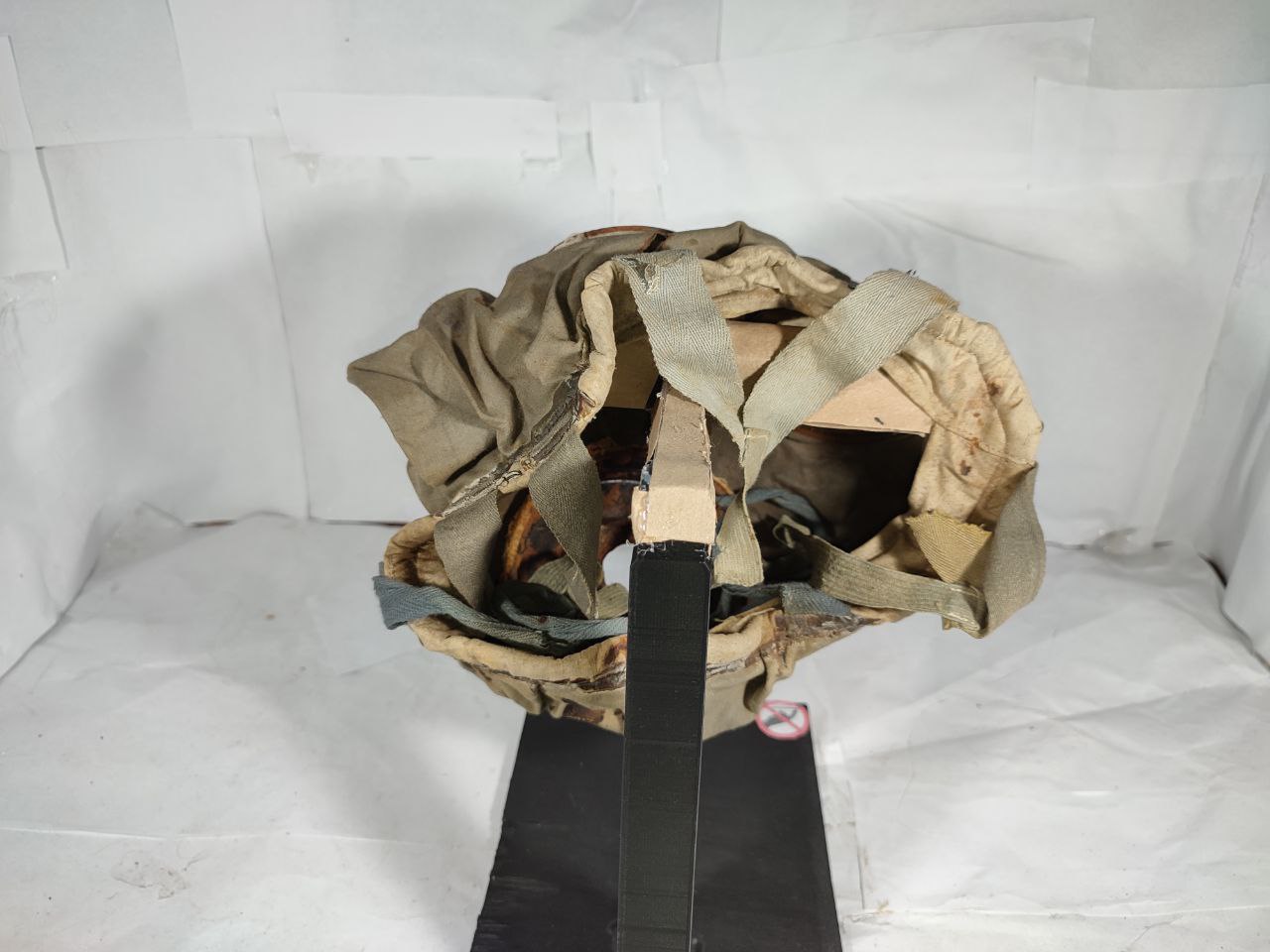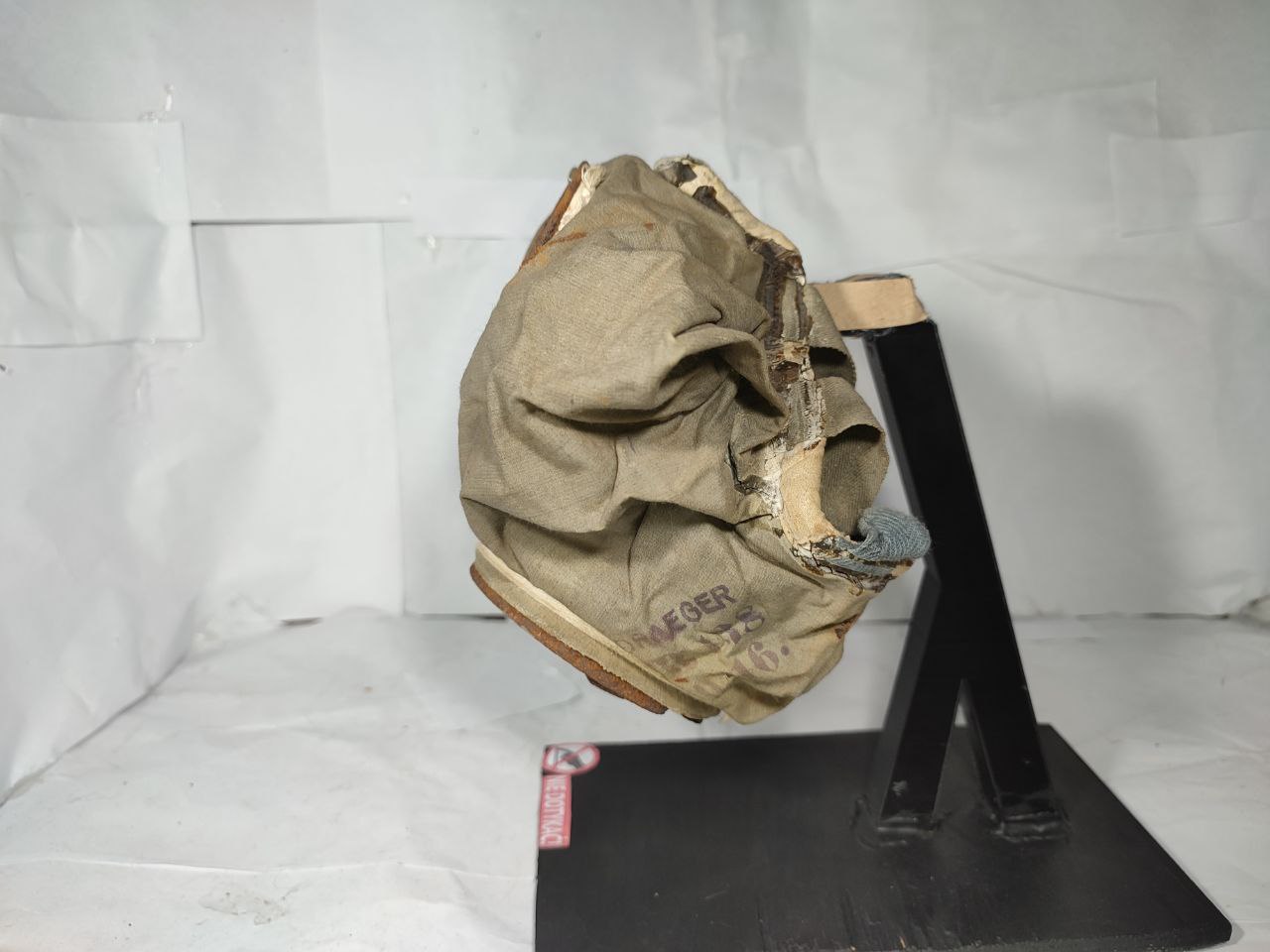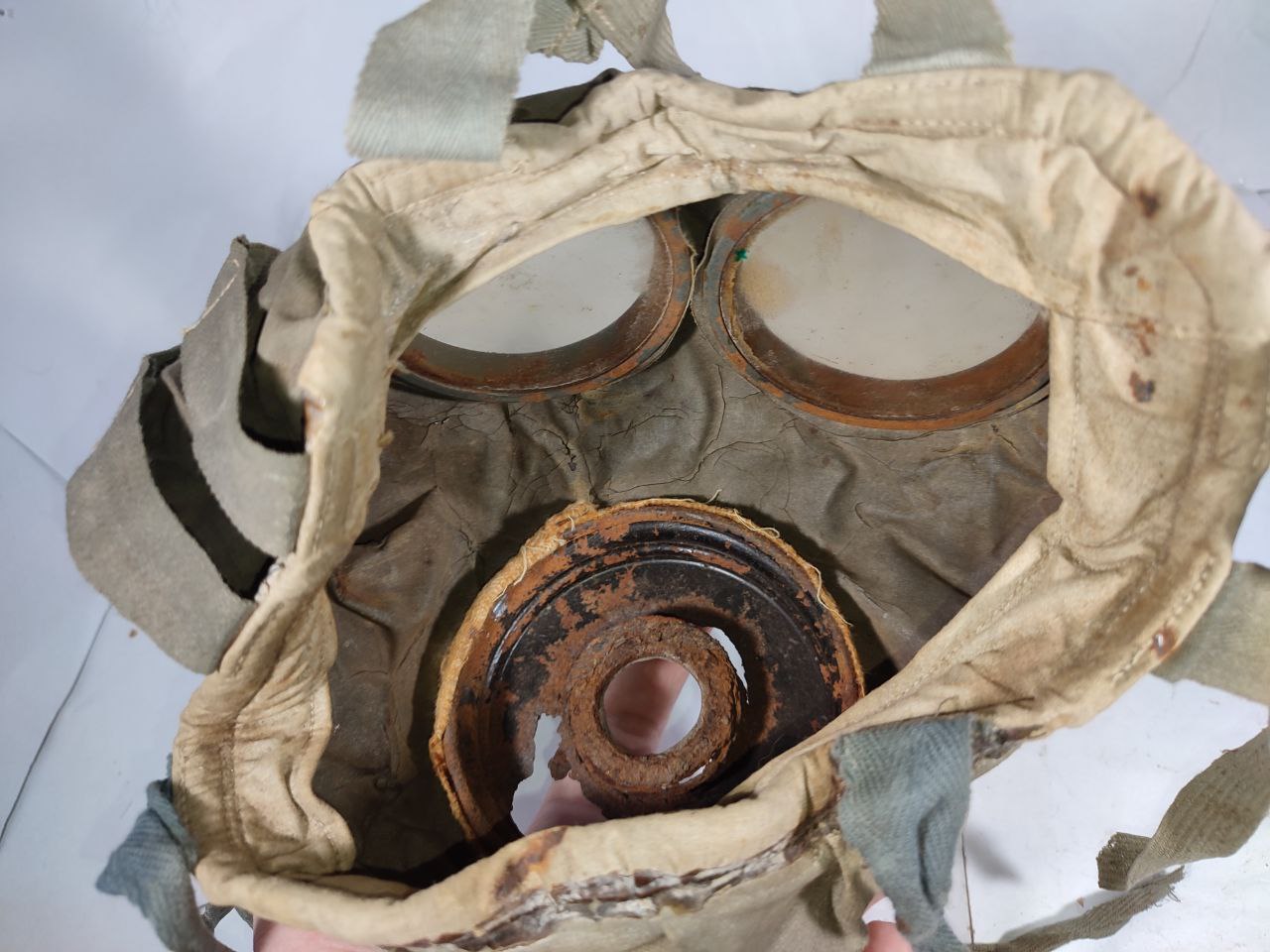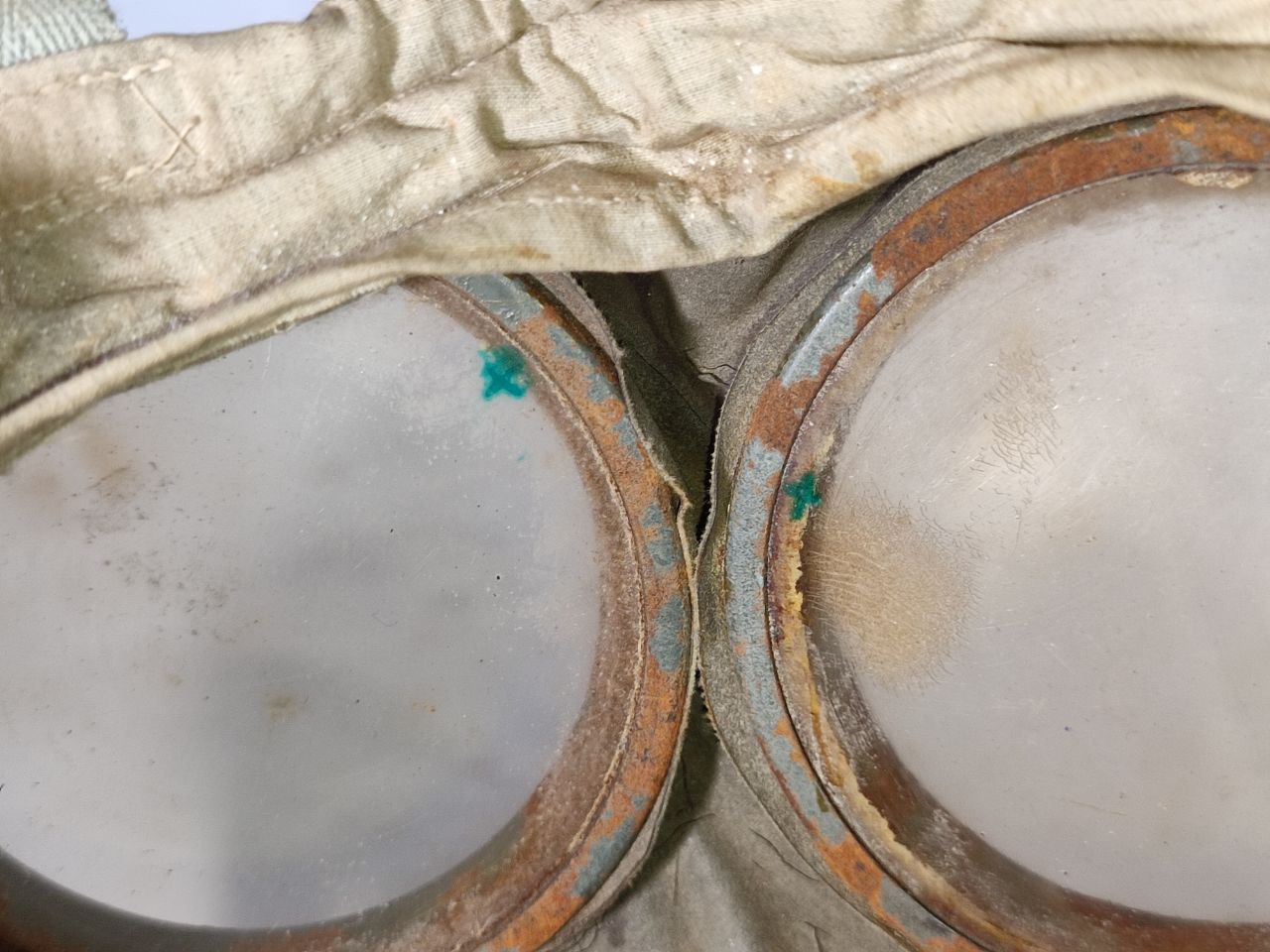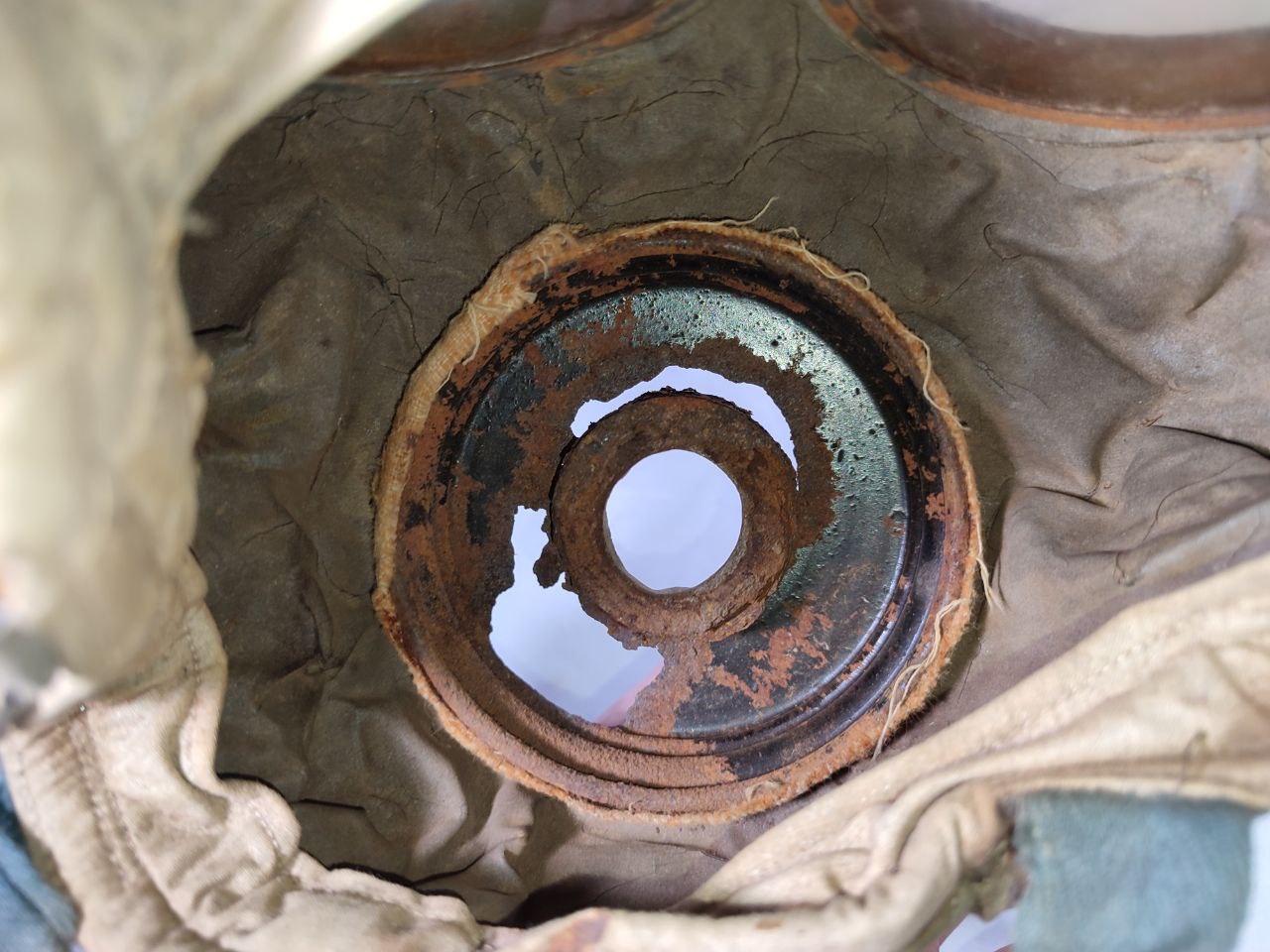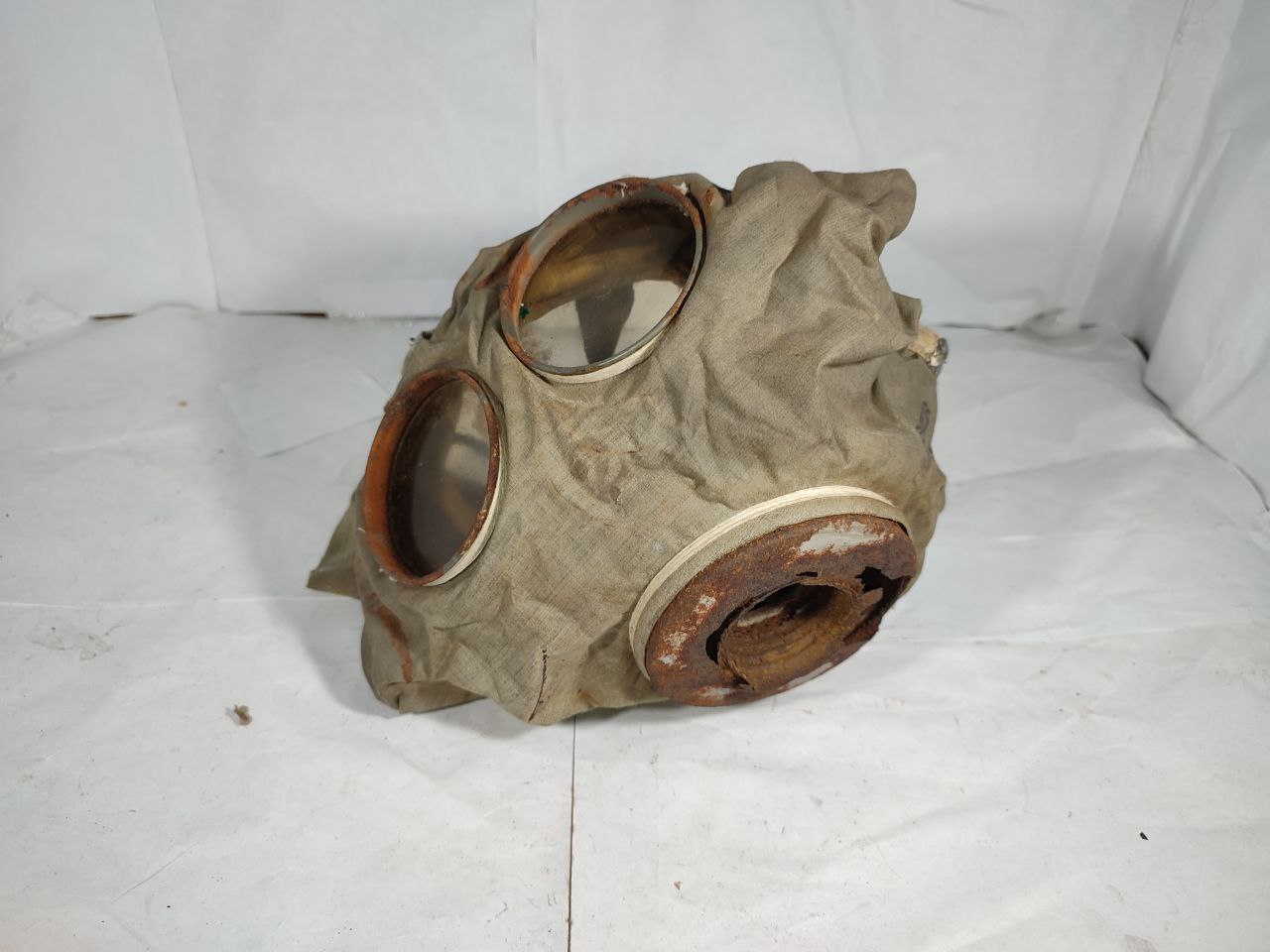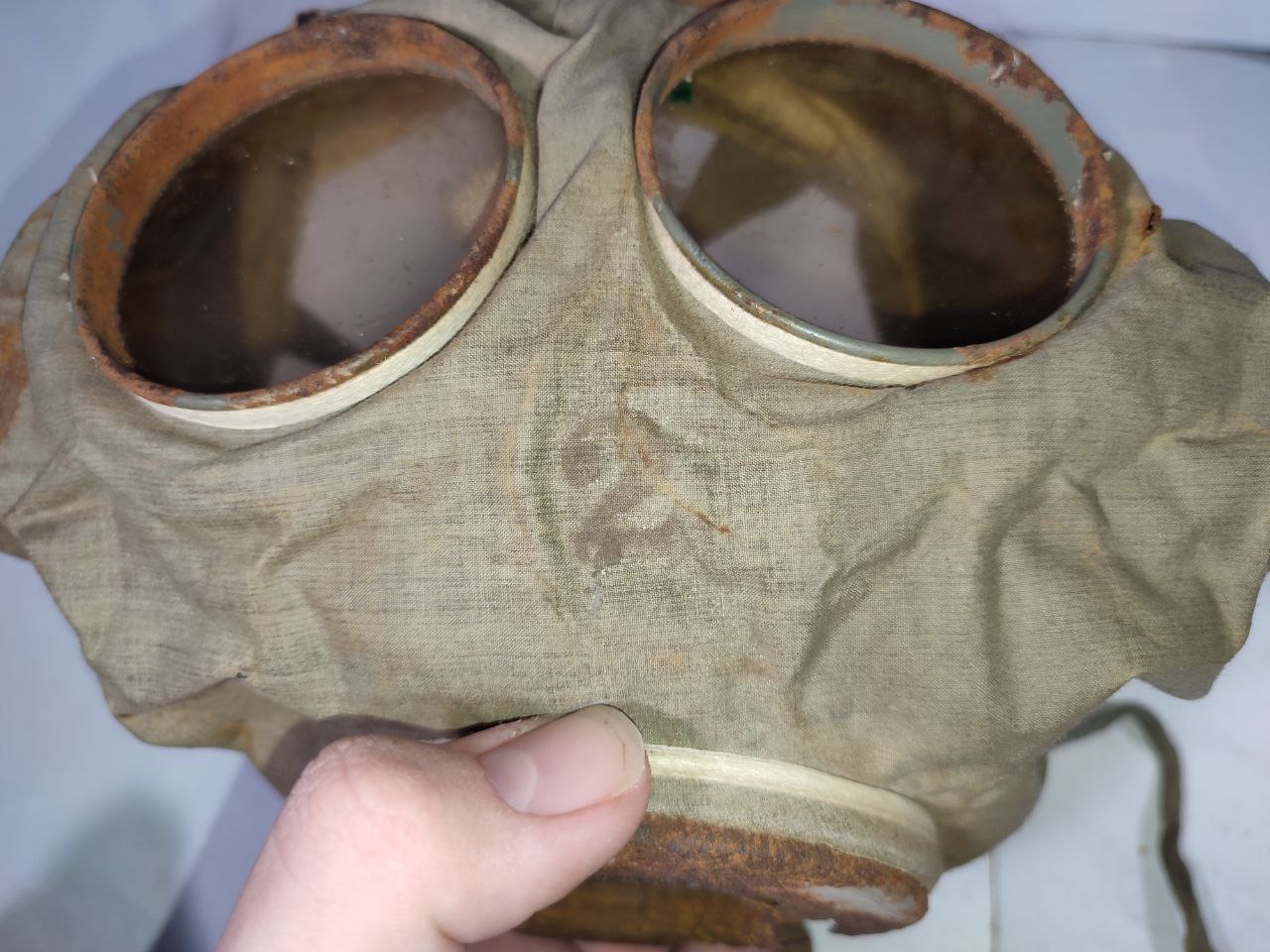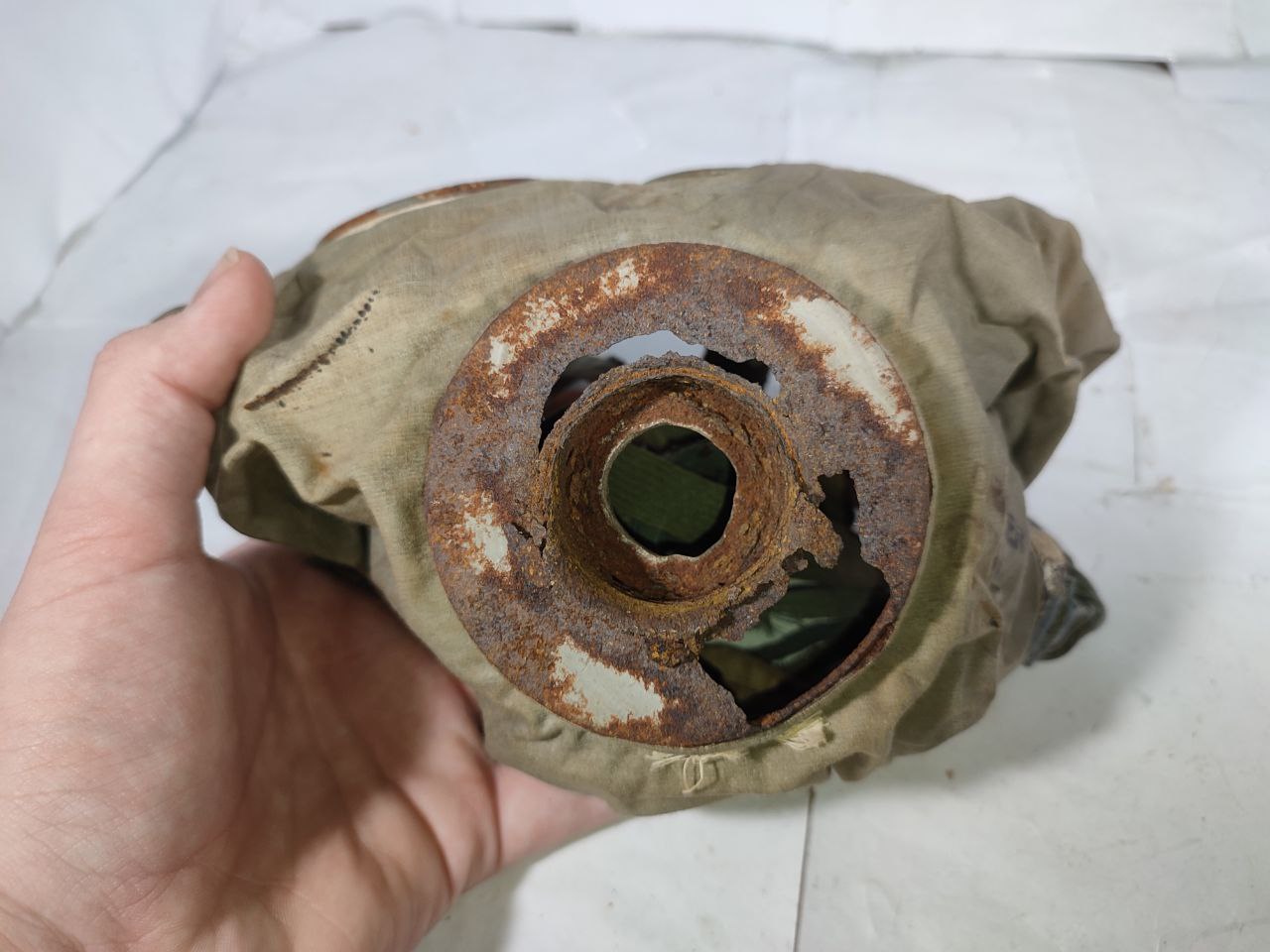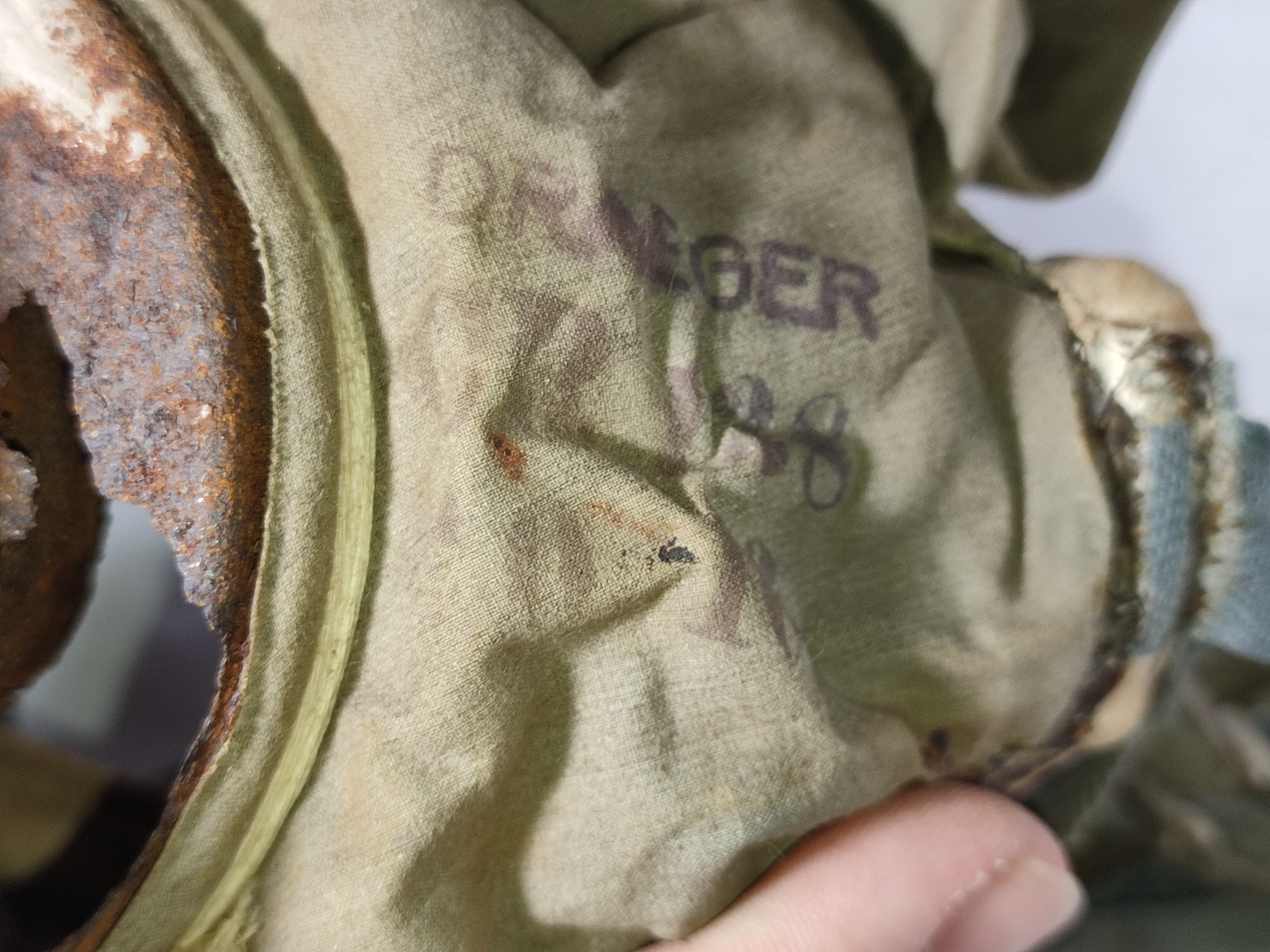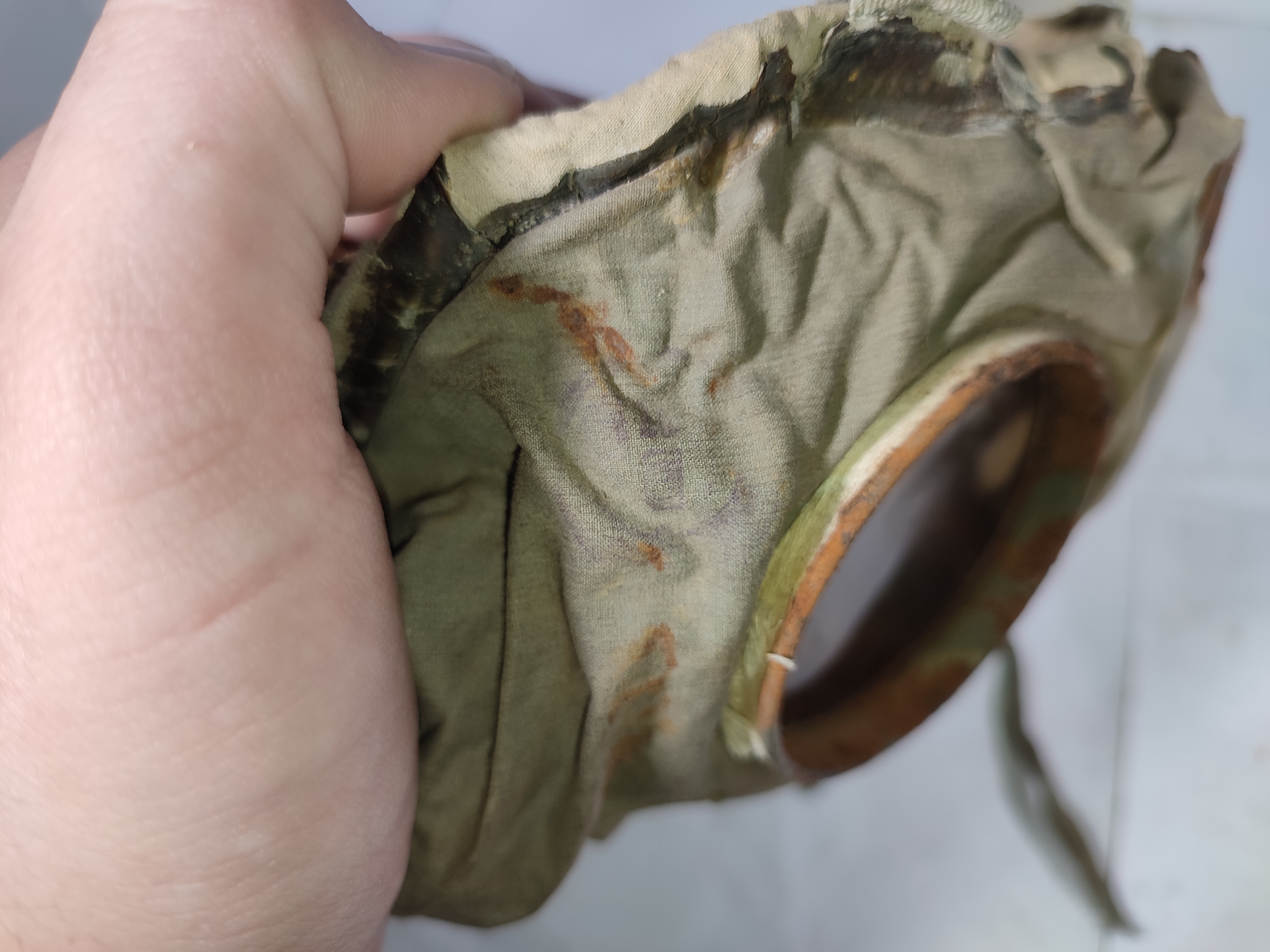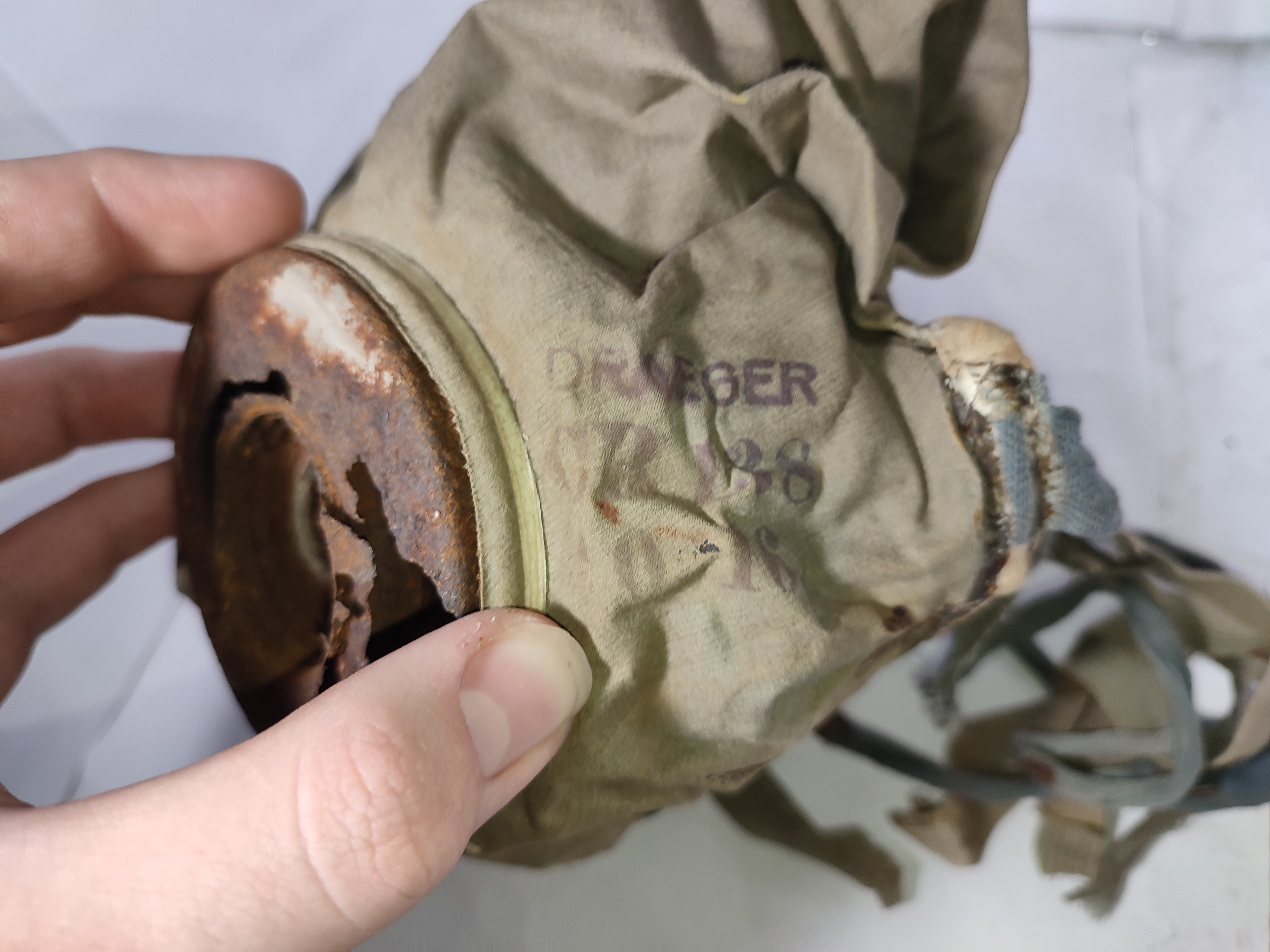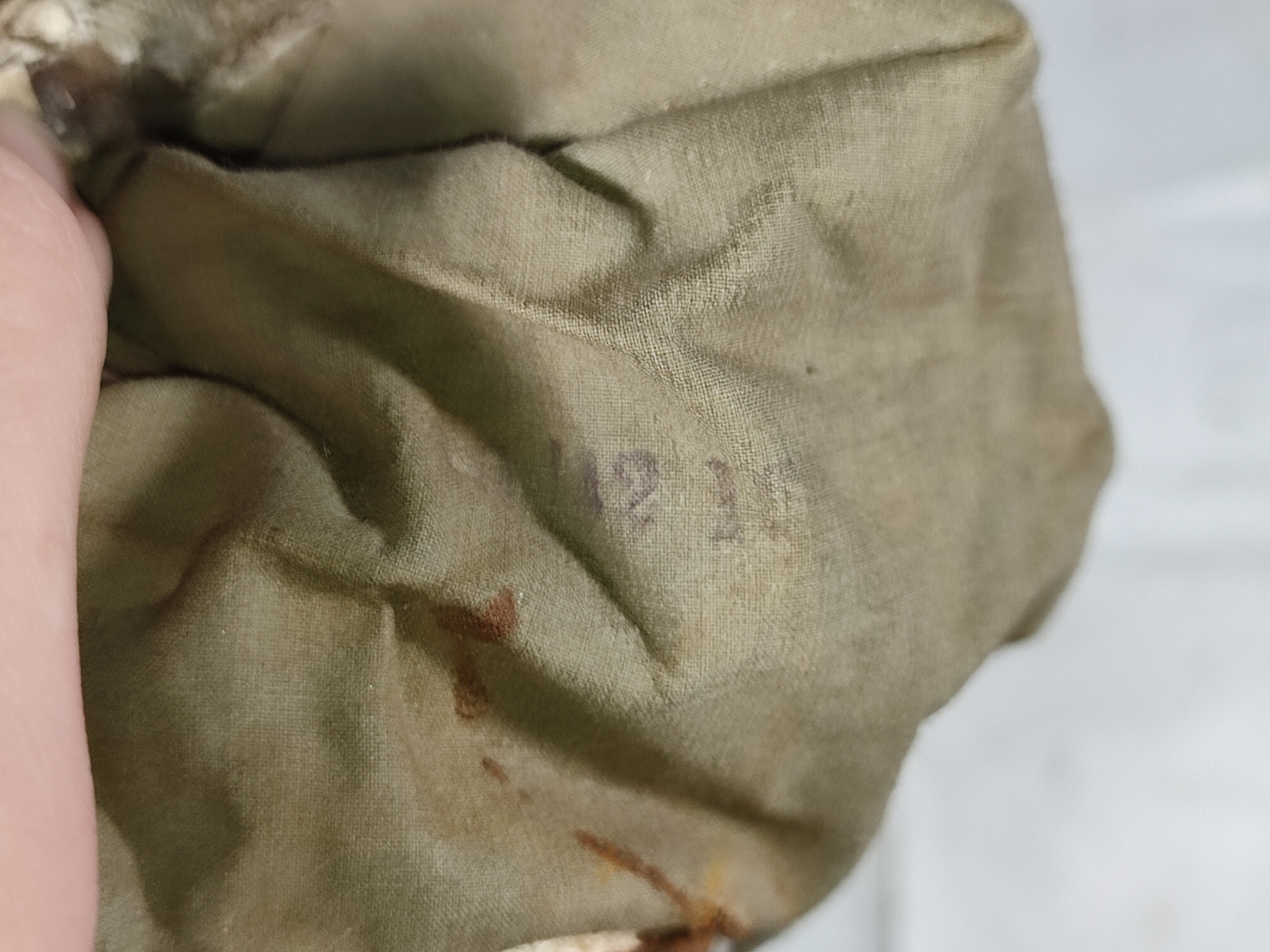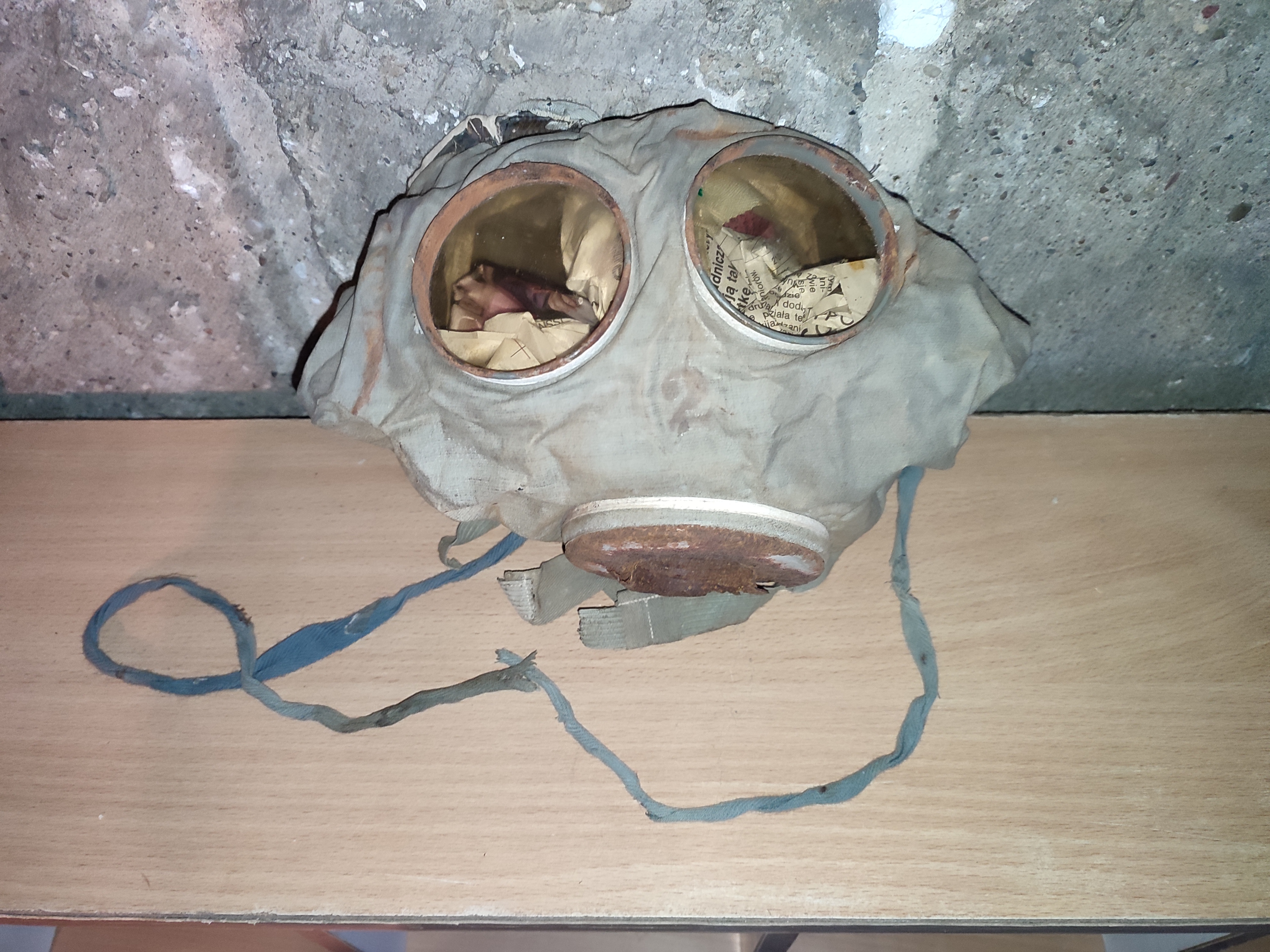GM-15 "Rahmenmaske"
The GM-15 gas mask is the fulfillment of one of my dreams and the highlight of my collection. As for the masks themselves, GM-15 masks (which is short for "Gasmaske 1915") are a prototype series of gas protection devices that have had 4 versions. Not much is known about version 1, it was called "Linienmaske" and had a non-twistable cone-shaped filter and celluloid glasses (like most masks from World War 1) and was introduced between August and September 1915. The 2nd version of the mask was called the "Bandmaske" and was the first gas mask with a screw-in filter. It had a huge valve chamber (although due to the lack of an exhaust valve it is difficult to call it a valve chamber), flared cheek pads for wiping visors (a popular wartime solution used due to the lack of anti-sweat pads or an anti-fog system) and 4-point head straps without a strap on the top of the head (they were on the sides of the mask) and a strap allowing you to wear the mask around your neck. it was most likely introduced somewhere between the introduction of the first version and version 3 (i.e. probably the first half of 1916). The above-mentioned version 3 was introduced in the summer of 1916 and differed from version 2 by significantly reducing the valve chamber and changing the headband system to a 6-strap system (2 straps on each side on the sides and 2 connected together to form one strap on the top of the head). which made wearing the mask much easier and more comfortable). The last difference from its predecessor was the frame, i.e. stiffening the area around the face, which improved the tightness and comfort of wearing, which is why it was called "Rahmenmaske" (mask with frame). And the last version of the GM-15 mask, i.e. version 4, differed from its predecessor only in other headband straps, which were made of springs braided into the material instead of stretchable material as was the case in other versions. This was a test before the introduction of the GM-17 mask, which used the same head strap system. The version 4 mask was introduced in March 1917, thus ending the test series of GM-15 gas masks. Now about the GM-15 mask I have. It is more precisely a representative of version 3 produced in October 1916 and due to the place of discovery (as described by the seller, a barn near the town of Albert in France), it seems highly probable that it was used during the Battle of the Somme River, which went down in history as one of the most important battles in the history of mankind, because it was during them that tanks were first used. The mask itself is in a condition that I would describe as "Agonal" and is probably the worst preserved GM-15 mask I have ever seen. The mask has 1 small hole (not visible in the photos) and all straps are broken. There are apparently small green crosses painted on both visors, which 90% were a reminder or marking to use it only with asphyxiating gases (during World War 1, different colored crosses were markings for weapons with gases of different effects and yes, the green cross meant asphyxiating gas) (one of the reasons for replacing the GM-15 masks with GM-17 was the fact that in contact with e.g. mustard gas or gases other than asphyxiating, the masks were quickly destroyed, so I suspected that the green crosses were a reminder not to use gas other than asphyxiating with them) . Something that has been preserved very well is the rubber because there are no gaps in it and its only defect is cracking. The mask is richly decorated with markings (e.g. the manufacturer, which is the still existing Dräger company), but also numbers which I guess may be, among others, the batch number or serial number. The mask also has a very blurry stamp which may be a quality stamp or, for example, the unit to which it belonged, but it is too blurry to read. Chlorine gas remains on the mask, as evidenced by, among other things, the smell of chlorine, the slight damage to the cardboard on the stand in places where it comes into direct contact with it, or the fact that after touching it and rubbing my eye (which I did unintentionally), the skin around it immediately turned red and it started to sting a little (let it be a warning that playing with first-war masks may not be safe and under NO CIRCUMSTANCES should you put them on because it may end up worse than a stinging eye)
Finally, even though it is very damaged, I am proud to have it, it has been my dream since I found out about its existence.
